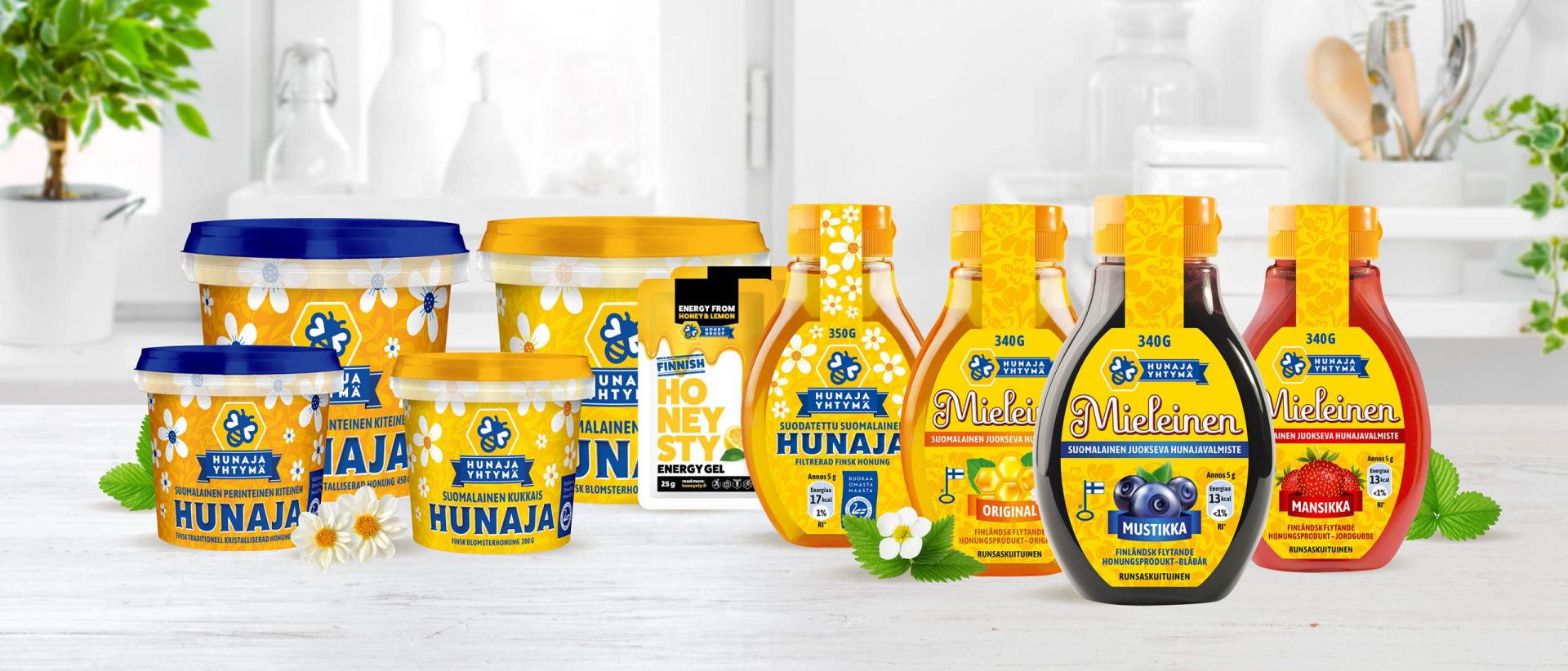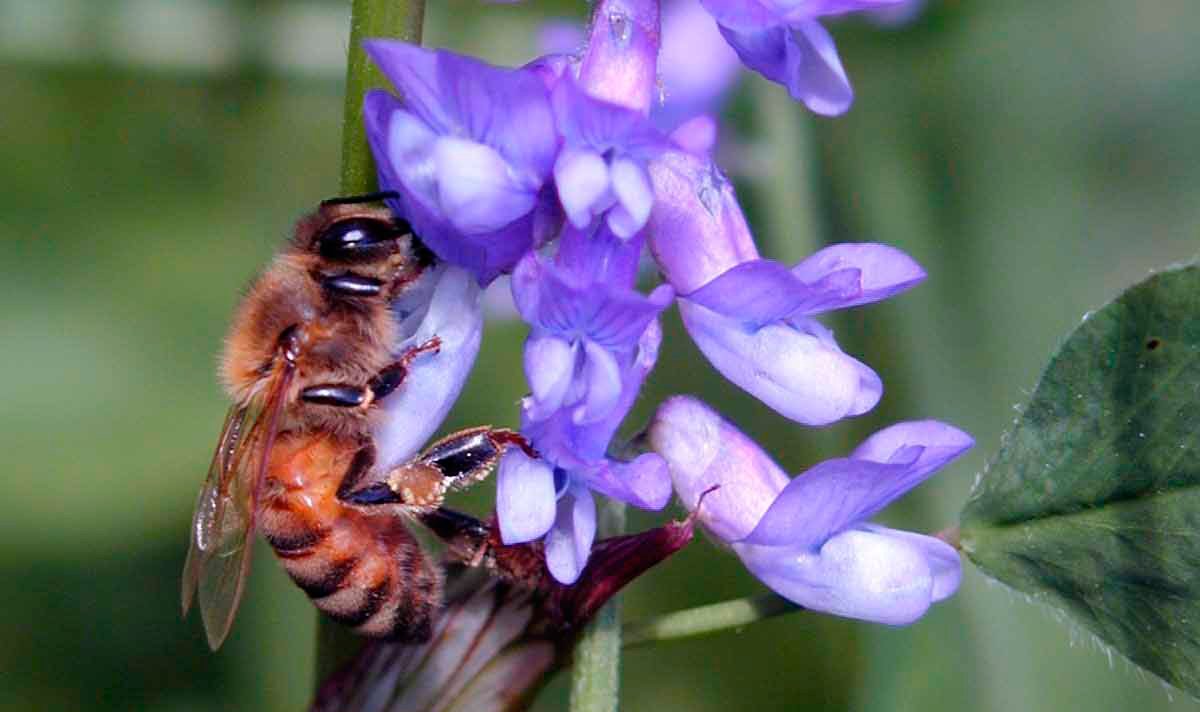Nectar
NECTAR
The raw material for honey is flower nectar, which consists of water (approx. 55%), sugars (approx.40%) as well as of proteins and minerals (approx. 5%). The sugar that nectar contains is mainly cane sugar but generally there is also glucose and fructose. The sugar content depends on the size of the flowers, their age and the location of the blossom as well as on the airiness, the moisture and the nutrients of the soil. Nectar secretion is a species-specific characteristic, and the nectar production of even the same species varies on a daily basis and during the different stages of summer.
DID YOU KNOW: The raw material for nectar is the vascular fluid that flows in the vascular tissue of the plants. The vascular tissue ends in the nectaries, which are located inside or outside the flowers, where the secretory tissue secretes nectar. Plant lice can suck the vascular fluid directly from the vascular tissue. The vascular fluid that passes through the systems of these plant lice and then further onto plant leaves and onto the ground is called honeydew. Bees also collect honeydew and prepare honeydew honey, which outwardly looks like honey but lacks the biologically valuable characteristics of floral honey. Honeydew is not as acidic as floral honey; it has a pH of 4–5,4.


